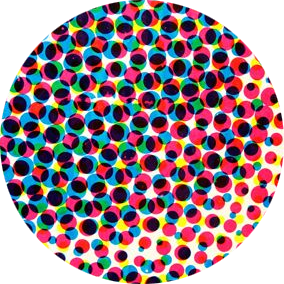An Introduction to the World of Hellboy

The character of Hellboy has numerous antecedents. Within comics, his stubbornness, loyalty, and considerable resistance to dramatic beatdowns, bears a resemblance to the Thing. But he’s also indebted to the hardboiled detective genre, pulp novels, and horror fiction. 2/9

Hellboy’s world also incorporates a bevy of mythological, folkloric, religious, and pop culture references. Mignola et al borrow eclectically from international myths and legends to create a dense, genre-mixed tapestry of stories about stories. 3/9

This tapestry is grounded in Hellboy’s defining resistance to his own story—namely, a prophecy that says his “Right Hand of Doom” will bring about the end of the world. Hellboy resists his destiny by filing down his horns and aligning himself with the (mostly) human B.P.R.D. 4/9


Together, Hellboy and the B.P.R.D., which debuted in its own self-titled series in 2002, combat supernatural threats and the incursion of demonic forces into the human realm. There are also overarching, interconnected plot threads woven through the various series. 6/9

Hellboy’s world is fleshed out by stories starring characters introduced as background elements of other stories, such as the pulp hero Lobster Johnson and Witchfinder Edward Grey, as well as a prequel series documenting the bureau’s early adventures (“B.P.R.D.: 1946-1948”). 7/9


Our forthcoming series of threads on Hellboy and his world will discuss dynamics of character, style, and intertextuality within this vast franchise, with an eye to what makes it special, both as an engaging story and as an important piece of comics art. 9/9

